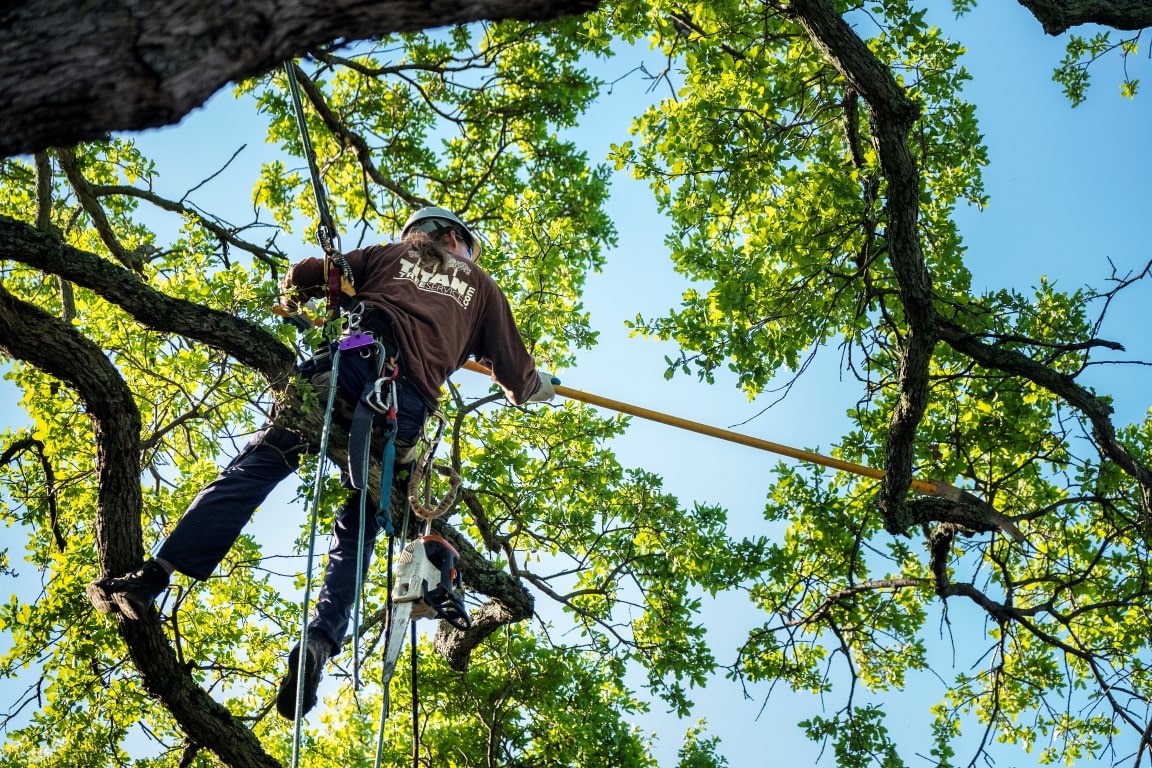Examining Tree Care: An Area Packed with Prospects

Arboriculture is a captivating field that blends scientific knowledge, artistic expression, and environmental stewardship, creating a diverse tapestry of opportunities for those passionate about trees. As urban landscapes become more and more developed, the role of qualified arborists has not been more crucial. These specialists are not just tree guardians; they are stewards of our city greenery, ensuring that trees prosper in our communities while minimizing potential dangers.
With a thorough understanding of tree botany and environmental science, arborists play a critical role in sustaining the health and beauty of trees in our neighborhoods. From tree trimming and disease diagnosis to risk assessments and emergency response, their knowledge helps safeguard the essential benefits trees provide, such as enhanced air quality and boosted property value. This discussion will explore the many dimensions of arboriculture, emphasizing why hiring a certified arborist is important and the substantial impact they have on both metropolitan and rural environments. Whether you're a homeowner looking to tend to your trees or someone curious about embarking on a career in this valuable field, let’s dive into the world of arboriculture and discover the opportunities it holds.
The Significance of Hiring Licensed Tree Care Professionals
Hiring a licensed arborist is essential for maintaining the well-being and durability of your trees. Qualified arborists have the knowledge and skills acquired through rigorous training and practical experience. They are proficient in tree biology, correct care techniques, and the most up-to-date industry standards. This expertise enables them to evaluate your trees thoroughly and provide the best care, whether it’s for health maintenance, security concerns, or aesthetic enhancement.
In addition, qualified arborists offer a level of expertise and accountability to their work. They usually carry insurance and follow safety regulations, which safeguards both themselves and their clients. This commitment to safety is particularly important when dealing with potentially hazardous situations, such as tree removal or pruning in urban areas. Hiring a professional reduces the risk of accidents and guarantees that the job is done right the first time.
Finally, the value of trees in landscaping cannot be underestimated, and qualified arborists help enhance this value. They offer insights on tree health, growth patterns, and maintenance schedules, contributing to a flourishing landscape that enhances property value. With their assistance, property owners can make wise decisions that promote tree longevity and contribute to a aesthetic, sustainable environment.
Fundamental Methods and Tools in Tree Care
Tree care includes multiple essential methods that guarantee the well-being and health of arboreal species. Certified arborists utilize certain methods like tree shearing, which consists of the strategic cutting of boughs to support tree structure and promote growth. They grasp the theory behind shearing, understanding when and how to prune for best results. Moreover, regular tree inspections are essential, enabling arborists to check tree condition and spot potential problems before they escalate into serious issues.
The equipment used by arborists are essential for efficient tree management. Key gear includes climbing ropes, harnesses, and pruning saws, specifically made for safe entry and exact cuts. Chain saws, chippers, and stump grinders are also commonplace, making tree extraction and upkeep tasks more effective. Arborists are skilled in using these equipment safely, ensuring that both they and the trees they work on are safe during operations.
Another important aspect of tree care is the attention on sustainability. Arborists advocate for principles that promote tree conservation and nature's health. They often work in tree establishment initiatives and inform the public about the advantages of proper tree management, including enhancing property value and reducing urban warmth. With their expertise, arborists play a key role in fostering a healthy urban landscape and guaranteeing that communities can thrive alongside their green spaces.

Tree Care: Perspectives and Updates for the Future
As metropolitan areas continue to grow, the role of tree care professionals is becoming increasingly critical in preserving the health and sustainability of our forest populations. Moving ahead, the trend is toward incorporating tech innovations into tree care administration. Tools such as drones and software for tree record management are helping specialists better evaluate tree condition and plan for upkeep. This technology-based approach allows for more efficient identification of ailments and environmental threats, enhancing their ability to protect city green areas.
Moreover, with a increasing focus on environmental protection, tree care professionals are increasingly dedicated on adopting practices that support variety of species and ecological health. This includes advocating for local tree varieties that are better adapted to climatic conditions and insects, which can help improve local environments for diverse fauna. https://koreanwall85.bravejournal.net/the-procedure-of-tree-removal-what-homeowners-need-to-understand are also becoming crucial in shaping community understanding around tree growth initiatives and safeguarding efforts aimed at addressing environmental shifts, encouraging greater environmental care.
Finally, learning and preparation for aspiring tree care specialists are changing to address the challenges of the years ahead. There is a push for more extensive certification tracks that feature a focus on environmental concepts, insect control, and the use of eco-friendly methods. Continued education through workshops and seminars ensures that arborists stay informed on the latest research and innovations in tree care. This ongoing education not only improves the capabilities of foresters but also equips them to manage the complexities of city forestry as our cities develop and evolve.
